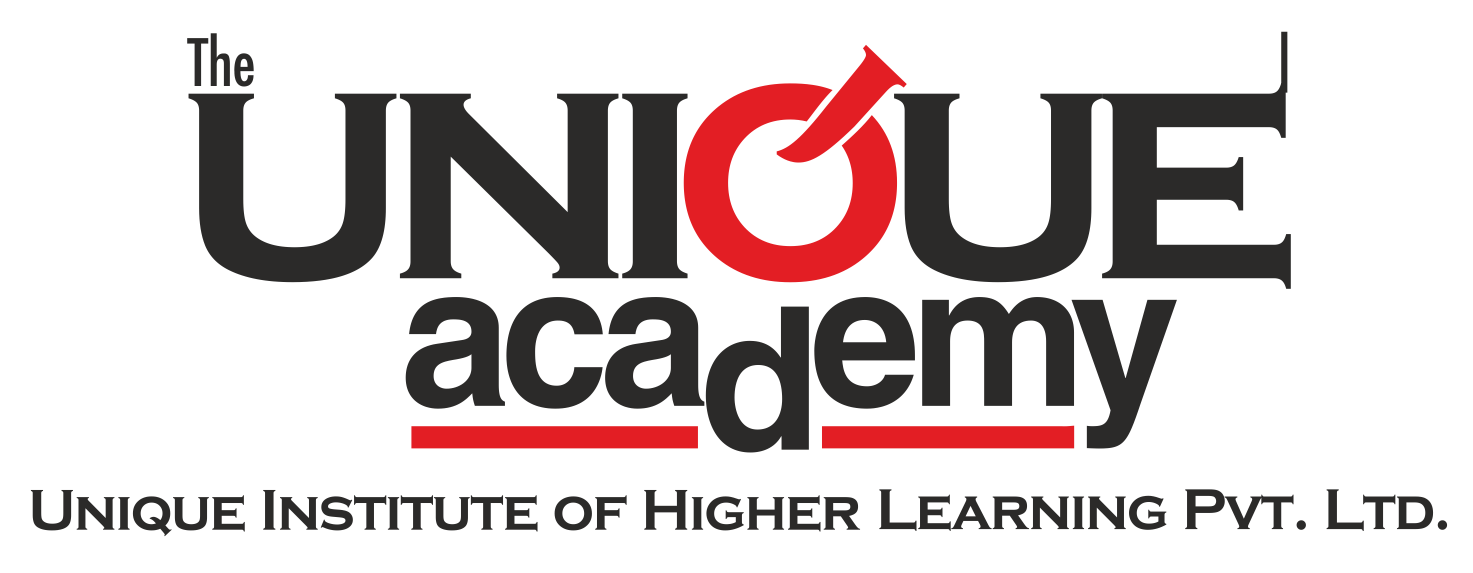
3D printing
Why is it in news?
- Scientists in Israel unveiled a 3D print of a heart with human tissue and vessels, calling it a first and a “major medical breakthrough” that advances possibilities for transplants.
More in news
- Significant event:
- It is the 1st time that Scientists has successfully engineered and printed an entire heart replete with cells, blood vessels, ventricles and chambers.
- People have managed to 3D-print the structure of a heart in the past, but not with cells or with blood vessels.
- More challenges to tackle: The scientists said many challenges remain before fully working 3D printed hearts will be available for transplant into patients.
- Application:(1) Heart transplant in case of cardiovascular disease.(2) To overcome rejection of transplant by using patient’s own tissue.
3D printing
- Definition: 3D printing or additive manufacturing is a process of making three dimensional solid objects from a digital file.
- Additive processes:
- The creation of a 3D printed object is achieved using additive processes.
- In an additive process an object is created by laying down successive layers of material until the object is created.
- Each of these layers can be seen as a thinly sliced horizontal cross-section of the eventual object.
- Additive manufacturing Vs Subtractive manufacturing: 3D printing is the opposite of subtractive manufacturing which is cutting out / hollowing out a piece of metal or plastic with for instance a milling machine.
- Advantage over traditional methods: 3D printing enables you to produce complex (functional) shapes using less material than traditional manufacturing methods.
Source
The Hindu, 3D printing

